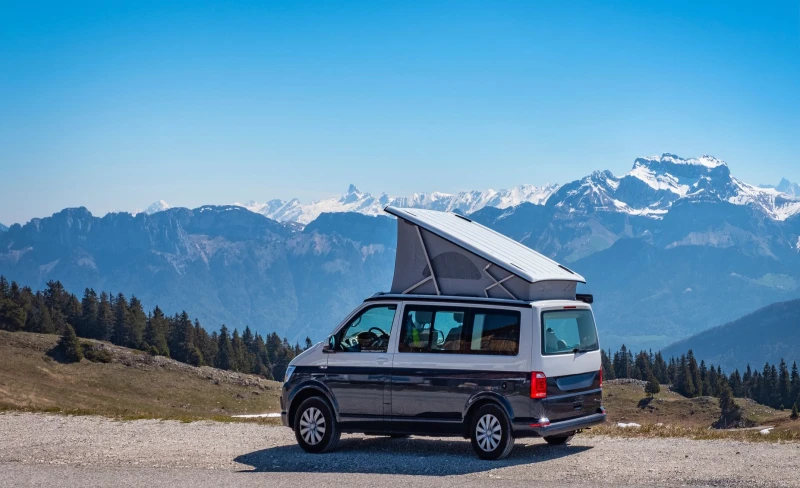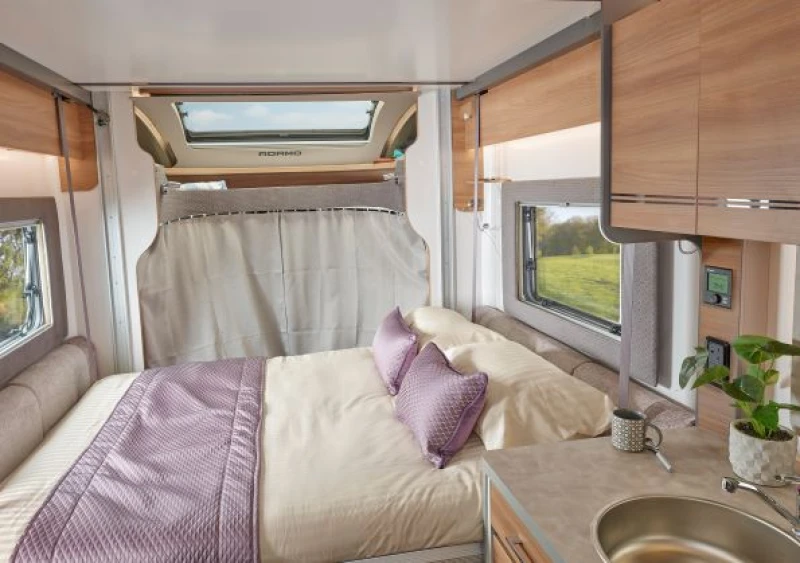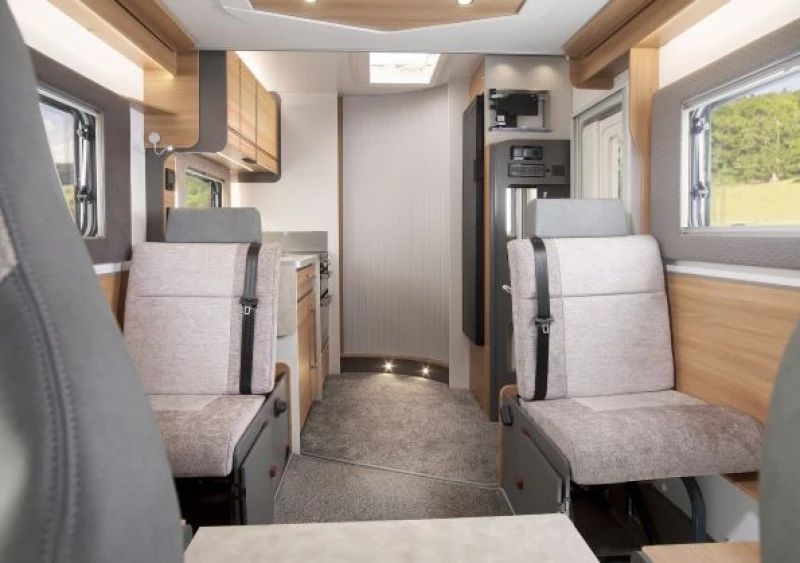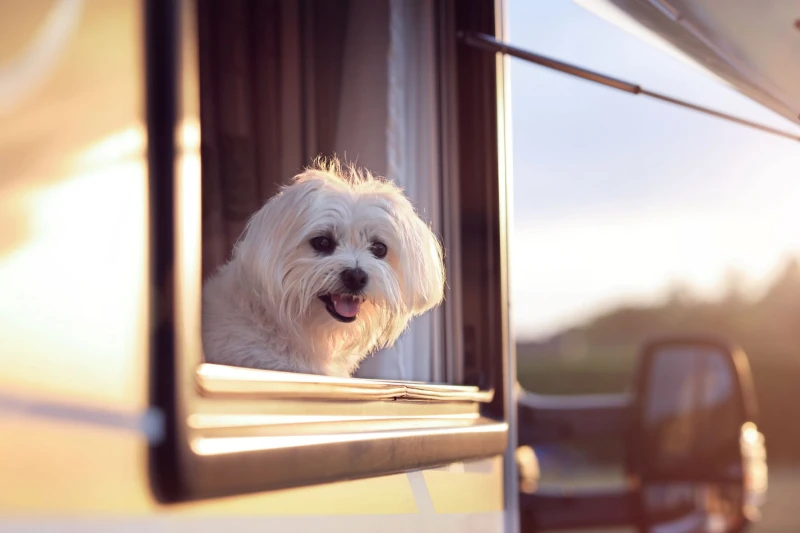Choosing a Motorhome Layout
Touring the UK and Europe is quickly becoming a favourite way of exploring the great outdoors. Motorhomes, campervans or van conversions have everything to provide a comfortable home from home as well as being completely mobile. Indeed, modern motorhomes can be situated off-grid in a rural location or as part of a campsite to take advantage of on-site facilities.
If you are considering buying a new motorhome, there are a number of things to consider first. Below, we will focus on selecting the correct layout. Of course, if you do have any further questions, please feel free to ask our sales teams at Swindon, Oxford or Reading who will be happy to help and answer any questions you have.
Number of People
There are a few constraints involved when selecting any layout for a motorhome. Budget, driving licence restrictions, physical size and the most important element, how many people will use the motorhome.

Daytime vs Nighttime

You will hear and see a term called “berths” used on motorhome reviews and listings. This is how many people can sleep comfortably in the motorhome. However, some motorhomes will have a limit on how many people can legally travel in the motorhome whilst on the road.
Each traveling passenger must have a seatbelt whilst in transit, so on adverts, listings and reviews, check that the motorhome has the same number of seatbelts as berths. This may commonly be referred to as daytime/nighttime occupancy. Not all motorhomes provide the same number of seats for the number of berths, especially with Campervans or van conversions.
Long-side seating could in theory hold 2 or 3 people whilst travelling, but with no seat belts, it would be illegal and incredibly dangerous to travel with loose passengers.
Children
If you are taking young children on holiday, make sure that the belted seats are ISO-FIX compatible. This is a standard that seats, seatbelts and vehicle manufacturers adhere to and also gives baby seat manufacturers a working template to ensure the seat can be installed safely inside the motorhome. One thing to note is, because of the natural layout of a motorhome, it is likely that the baby seats will be physically situated some distance from the cab seats.

Pets

A final point to think of is travelling with pets. It is a legal requirement that when travelling with a dog or other animals, they must be suitably restrained in the vehicle whilst in motion. This can be tricky in a motorhome as tie-down points may not exist, and ISO-FIX seats may not offer the best location for a dog. In this instance, a travelling crate that is secure between seats or tied onto a side dinette can offer a suitable place for secure transport.
We mentioned briefly some constraints when buying a motorhome - along with the number of passengers – another limitation may be driving licence restrictions, so be sure to read more on that if you have questions about suitability.
